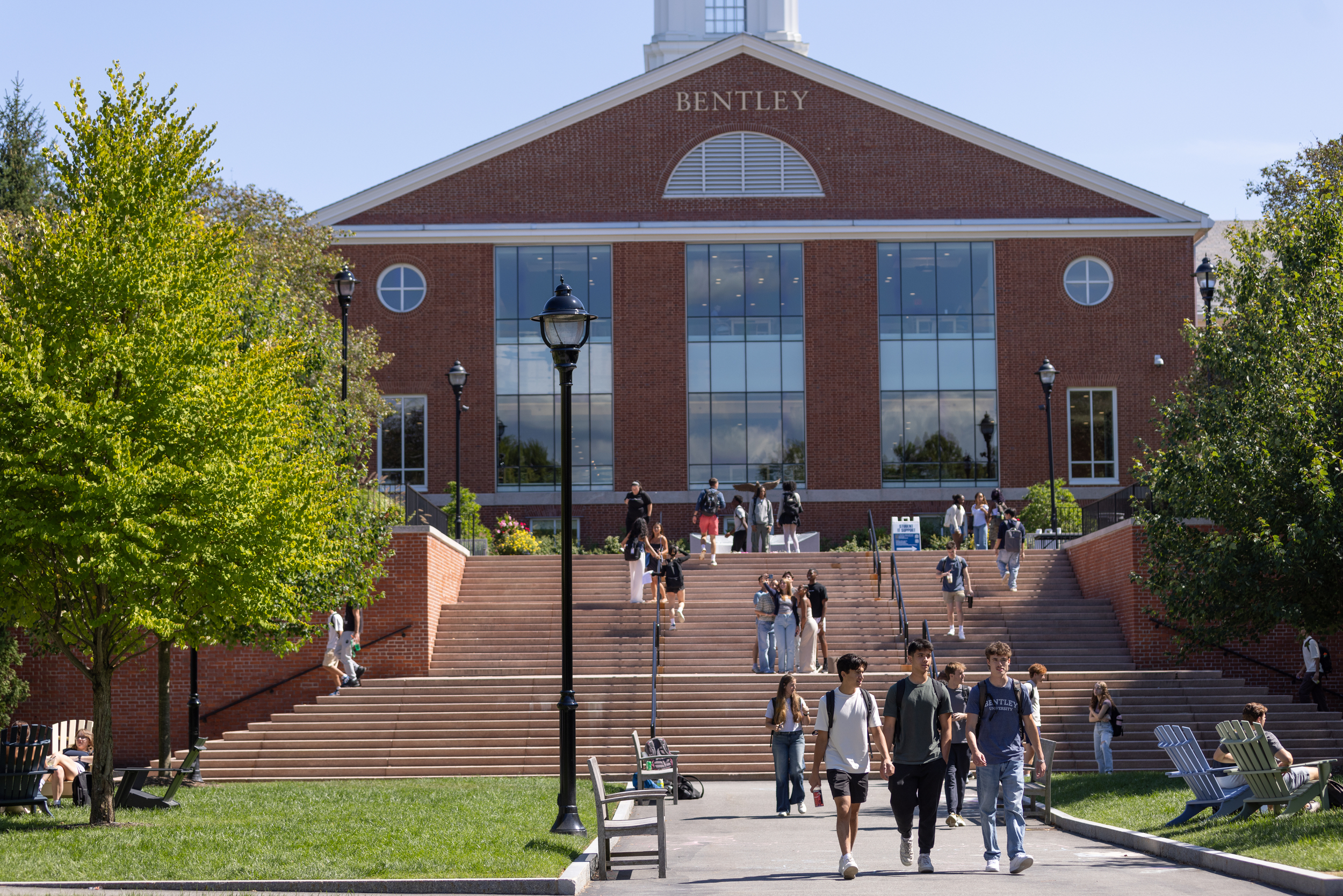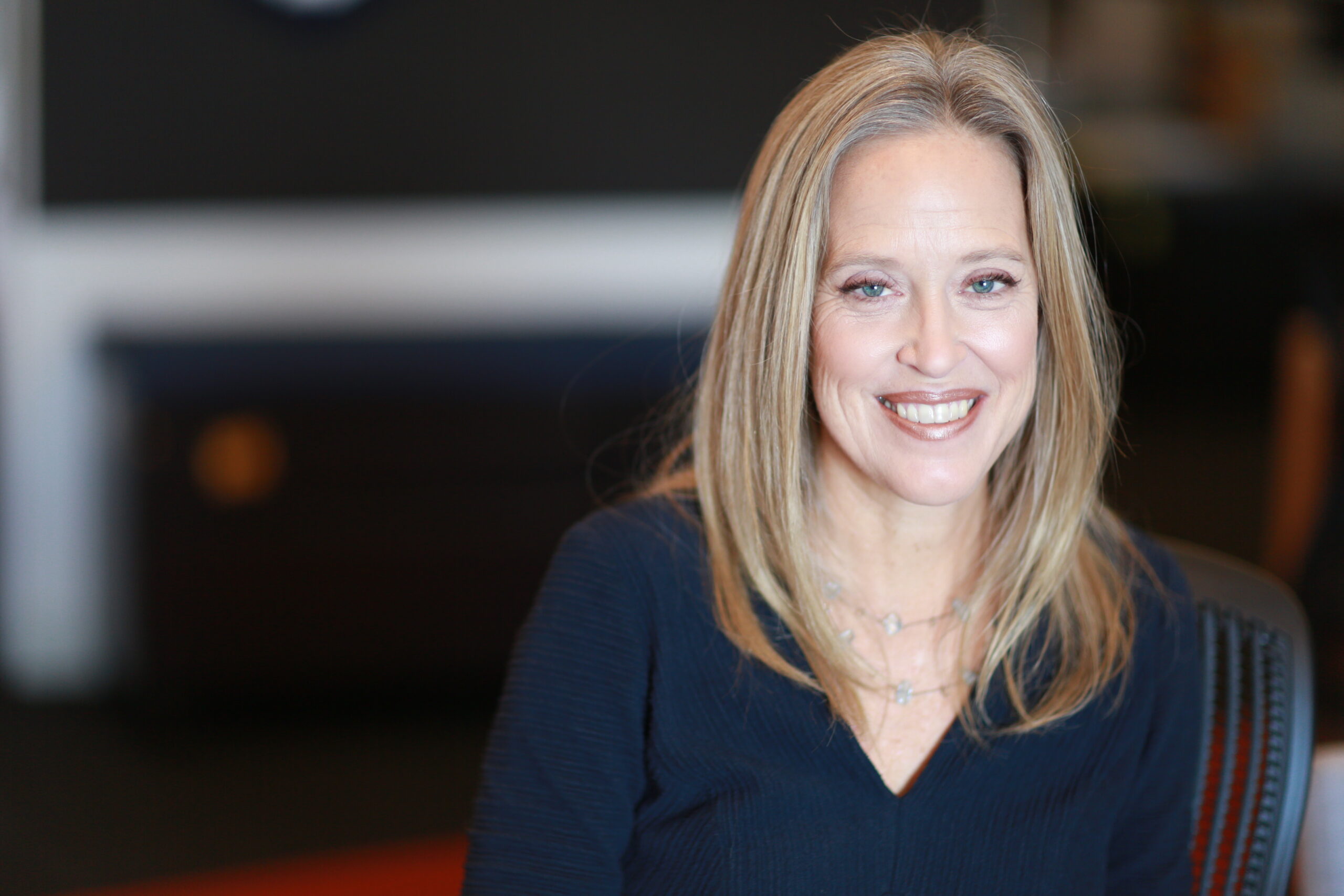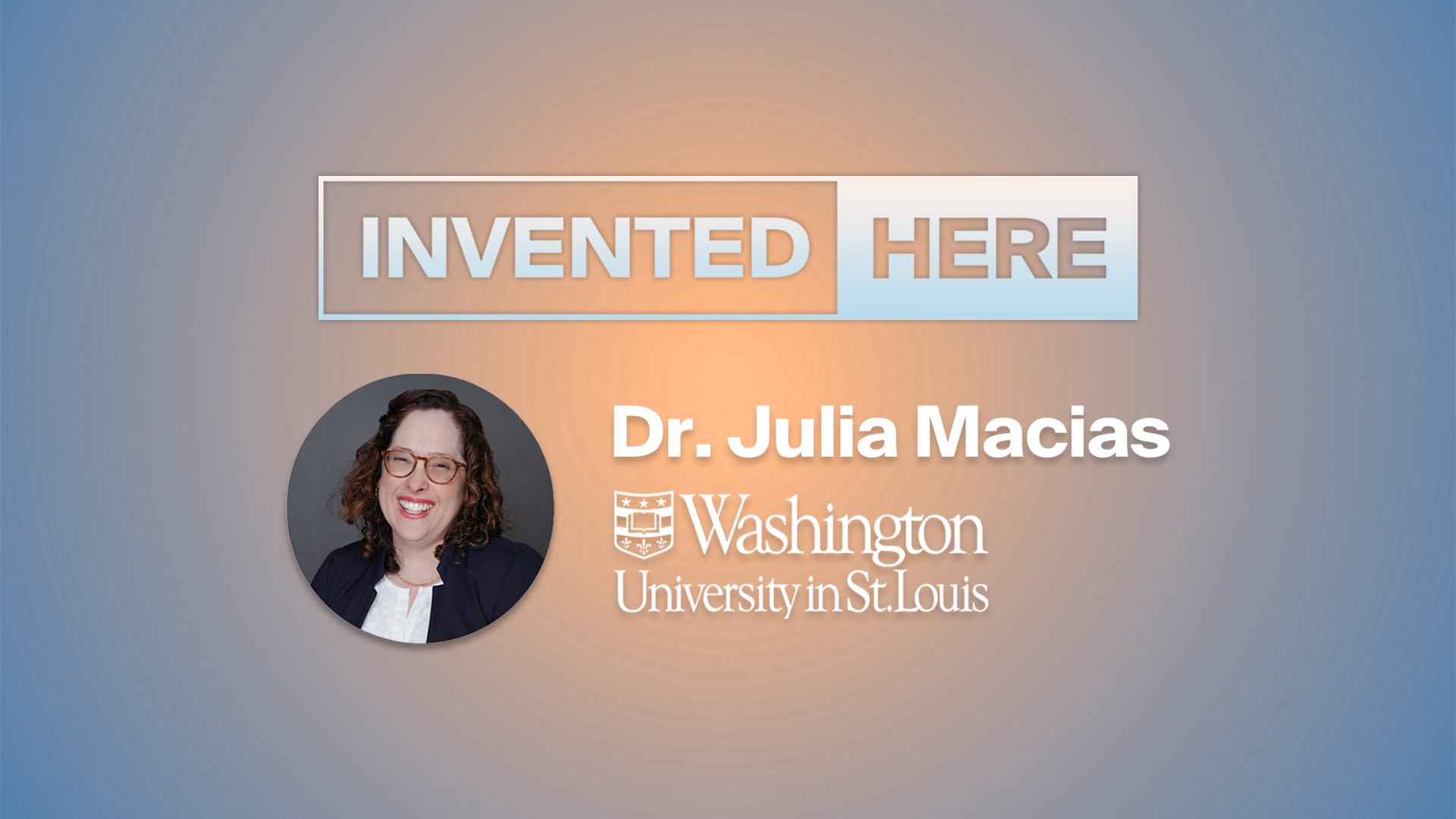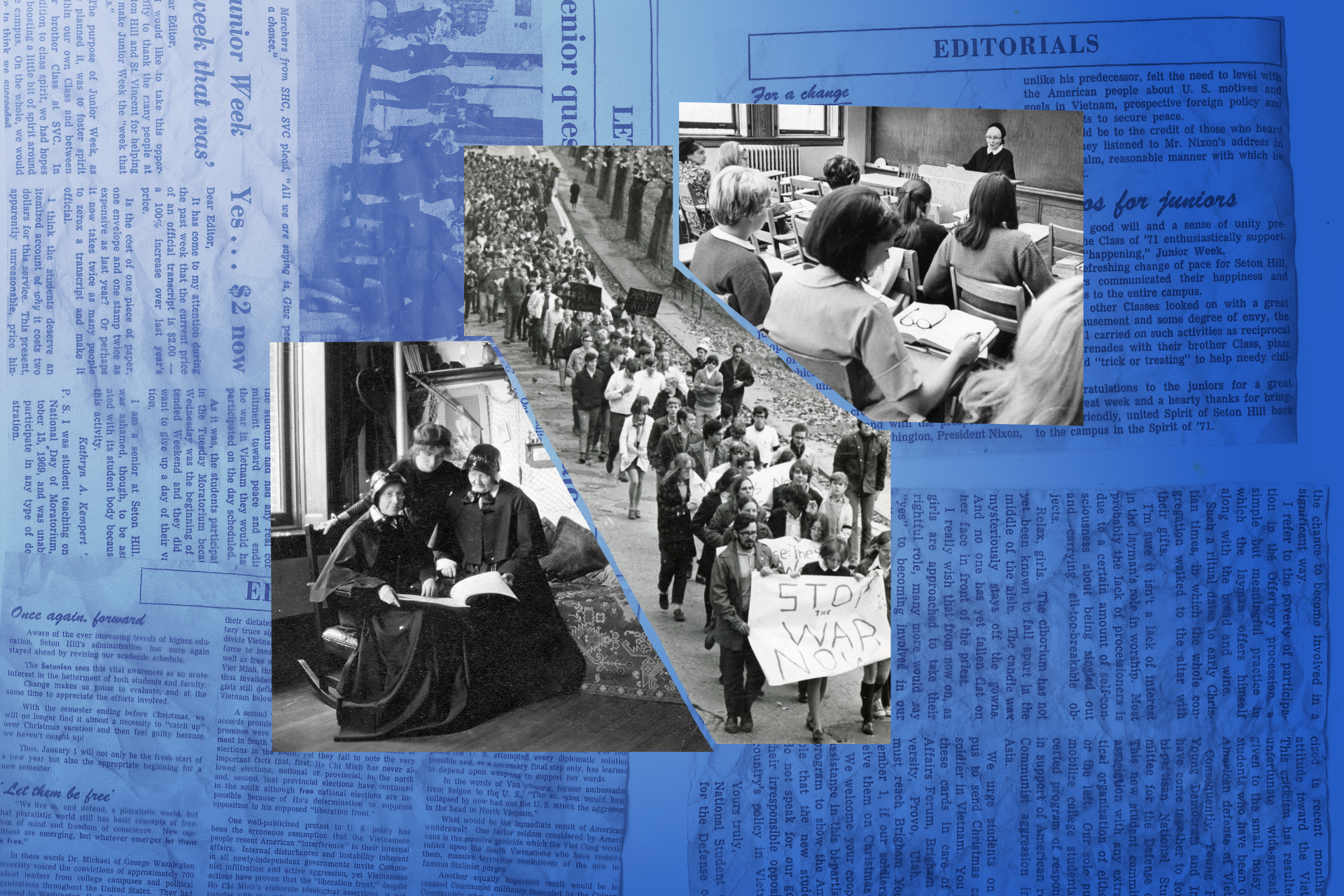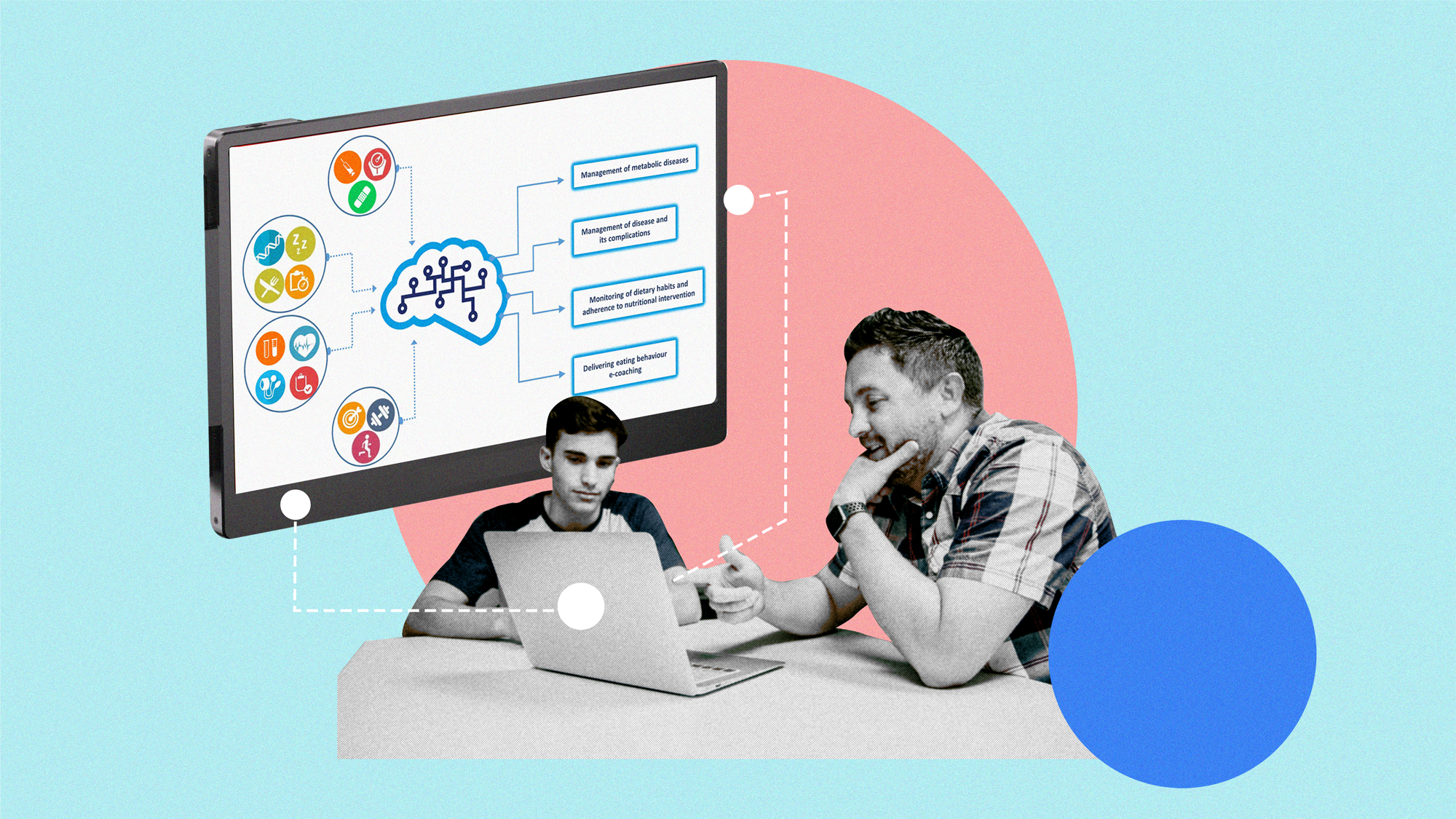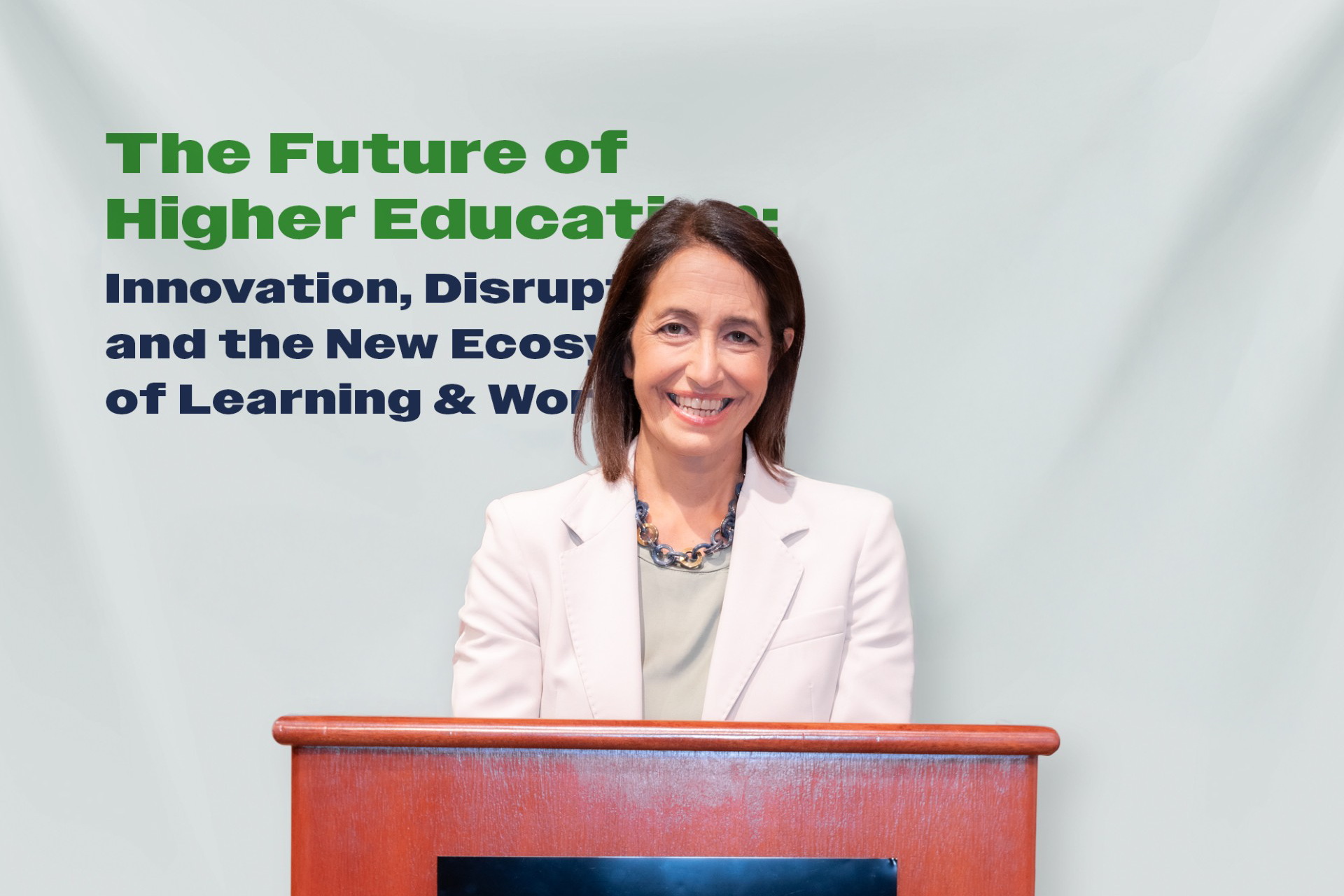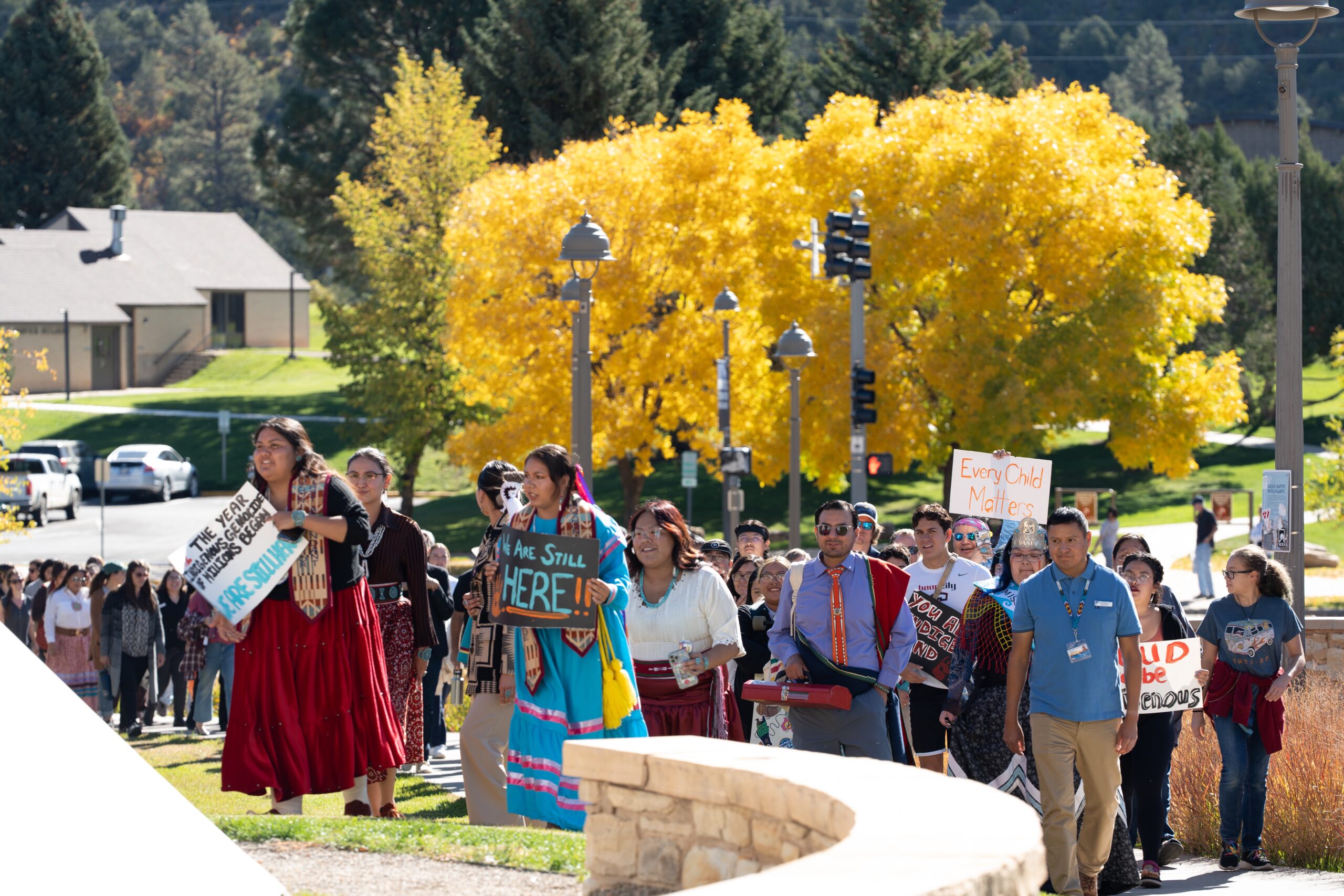This September, The Wall Street Journal ranked Bentley University the 12th best college in America. Its criteria included considerations such as the institution’s impact on salary and how quickly the degree will pay for itself. While pleased with the bankable metrics, leaders at the Boston-based business university will tell you their real differentiator is fostering the personal formation of their students.
“We put a lot of emphasis on technical fluency and quantitative literacy, but what really makes the difference in the marketplace is the ability of our students to think critically, to communicate extemporaneously with comfort and poise, and to exhibit confidence, not hubris,” said Brent Chrite, President of Bentley University.
Helping students gain and demonstrate these attributes is the thinking behind BentleyPlus, a competency development program focused on encouraging experiences that lead to dispositions such as resiliency, purpose, and agency. While reflecting the business university’s high regard for the liberal arts, BentleyPlus is a separate and intentional effort to get students to understand that marketable skills are not confined to the classroom.
BentleyPlus began as a pilot in 2021 and is now a university-wide effort combining career readiness with dimensions of wellbeing. The program involves four major pillars, starting with an introductory program where first-year students select two out of 11 competencies to work on throughout their time at Bentley. The competencies, such as ethical reasoning, leadership, and work ethic, are organized into three buckets: cognitive skills (Think), intrapersonal skills (Develop), and interpersonal skills (Act).
Students are then encouraged to pursue co-curricular experiences that help them develop these competencies — not by adding more to their plates but by making what they’re doing more meaningful. BentleyPlus advisors meets with students three times a year to help them reflect on their experiences and articulate their value. An awards ceremony with a BentleyPlus certificate completes the program.
While a nod to the university’s holistic pedagogy, BentleyPlus also reflects a concern, among employers nationwide, about the lack of “durable” skills in entry-level employees — everything from communication and collaboration to grit and work ethic. Another factor driving the project is the persistent emotional and mental health issues college students and recent graduates are reporting, including disengagement with work and school post-pandemic.
While a nod to the university’s holistic pedagogy, BentleyPlus also reflects a concern, among employers nationwide, about the lack of “durable” skills in entry-level employees.
As vice president of student affairs, Andrew Shepardson has his eye on all of these phenomena. He sees BentleyPlus as more evidence of the university’s long history of student-centered education. In 2014, Gallup released the groundbreaking Gallup Alumni Survey, originally known as the Gallup-Purdue Index, showing the influence of certain college experiences on career readiness and wellbeing. Shortly afterward, Bentley became one of the first schools in the country to enlist Gallup in conducting its own alumni survey.
As with the national research, Bentley’s alumni reported higher levels of wellbeing correlated to experiences like “having professors who make me excited about learning,” “having someone who cared about me as a person,” and actively participating in extra-curricular activities.
“That information was huge for us in terms of sending a strong message to our students and faculty,” Shepardson said. “You may be a finance major fixated on working at a hedge fund, but you would really benefit from taking a discussion-based humanities course or working on an initiative off campus.”
Shepardson said that while students regularly participate in co-curriculars, he noticed they can struggle to articulate how these experiences transfer into skills in the marketplace. He recalled one example of a senior who became flummoxed when asked in a job interview how his experience as president of a club had helped prepare him for the position he was seeking.
“He made no connection between this significant leadership experience and what might be expected of him in the real world,” Shepardson said.
A natural partner for BentleyPlus was the team from the Pulsifer Career Development Center, who, as front-liners, recognized the importance of curating durable skills in addition to academics. “Our career folks thought this was phenomenal,” said Lauren Hubacheck, assistant vice president for student affairs. “They said, ‘We can do all the career development work with our students, but you all are connecting tangible stories that show skills like dialogue and leadership.’”
While focused on competency building, BentleyPlus eventually took a stronger turn towards wellbeing, as Hubacheck and Shepardson began to see this as the through line in all of the work they were doing.
“Employers were telling us that the greatest number of leaves of absences were with entry-level employees and for wellbeing purposes,” Hubacheck said.
In talking with his staff and colleagues around the country, Shepardson was hearing about disengaged students whose anxiety was keeping them from talking with their professors or connecting with other students.
“It became apparent that wellbeing was the higher order,” Shepardson said. “We needed to give students a clear understanding that their ability to work on a competency was not going to be successful if they didn’t have that wellbeing piece in place right from the beginning.”
This year, BentleyPlus 2.0 was launched with its own strategic plan; a full-time associate dean, director, and assistant director; and a commitment from leadership to promote wellbeing in all aspects of university life.
The Underlying Competency
Rebecca Jimenez is the newly hired associate dean of wellbeing and BentleyPlus. She said she had her first “pinch me” moment when working the negative mindset table at orientation, where students were asked to select from an array of cards displaying unhelpful concepts like blame and self-doubt.
“I said to them, ‘Let’s work on how to change that,’ and they loved it. They did the exercise with such intention. I thought, Wow, they really care about this stuff.”
Jimenez had been working on what she calls “wellbeing communications,” an effort to help people understand what wellbeing means in their lives and to arrive at a definition that incorporates all of its associated elements. Often confused with wellness (mindfulness and yoga), wellbeing can mean different things to different people. After extensive research, Jimenez created a new wellbeing narrative for the university that is part of the BentleyPlus strategic plan.
“Wellbeing at Bentley is a dynamic balance of personal and community wellness, where students feel supported, connected, and empowered to flourish,” the plan now states. “It’s about caring for oneself, making intentional choices, nurturing meaningful relationships, and engaging in environments that promote joy, purpose and belonging.”
As part of the BentleyPlus first-year program, students take a wellbeing self-assessment and develop wellbeing goals to be addressed over time with their advisors. Right now, all of the BentleyPlus advisors are student affairs professionals, but the enthusiasm they convey in working one-on-one with students has attracted the interest of other community members, including faculty.
For Jimenez, bringing BentleyPlus into the classroom is an important next step.
“Not only can we make wellbeing front and center in the classroom, we can help faculty connect what they are doing with wellbeing outcomes. We can help them say out loud to their students: ‘What we’re doing here is critical thinking.’”
As with the pilot, the new version of BentleyPlus has the strong backing of career services. Staff there suggested that first-year students participate in the wellbeing self-assessment prior to a popular career development course, acknowledging that wellbeing work proceeds career prep. Perhaps most significant is the new way they encourage graduating students to consider their career choices.
With support from BentleyPlus, they now ask: “Does the organization you are interviewing with align with who you are as a person? Do they value building relationships and connecting with others?”
These may just be the questions today’s employers are waiting to hear.
You can reach LearningWell Editor Marjorie Malpiede at mmalpiede@learningwellmag.org with comments, ideas, or tips.
